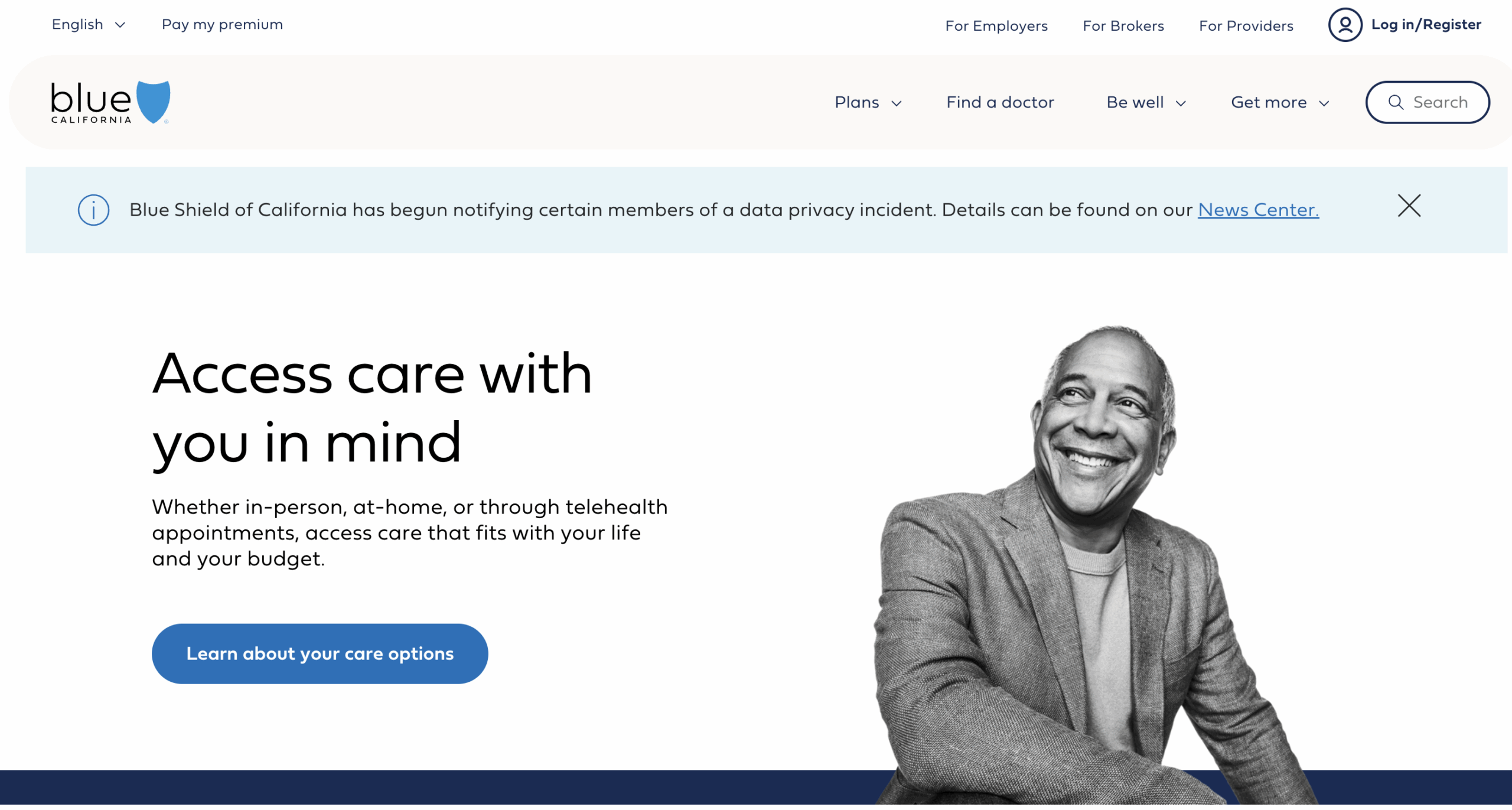A website misconfiguration at Blue Shield of California has led to the exposure of sensitive health information for nearly 4.7 million members — not to a hacker, but to Google’s advertising systems.
According to the health insurer, the issue stemmed from an improper configuration of Google Analytics, which allowed protected health information (PHI) to be shared with Google Ads over a period of nearly three years, from April 2021 to January 2024.
This wasn’t a malicious attack. But it’s still a serious breach with deep privacy and compliance implications — and it raises important questions about how healthcare organizations are using tracking tools originally designed for commercial websites.
What Was Exposed — and for How Long?
Blue Shield says it discovered the issue on February 11, 2025, and took immediate steps to cut off the data connection between its websites and Google Ads.
But by that point, the damage had already been done.
The misconfiguration likely exposed:
- Names
- Family size
- Insurance plan information
- City and ZIP code
- Account identifiers
- Medical claims data
- Financial responsibility details
- Doctor search queries
The company emphasized that Social Security numbers, driver’s license numbers, and financial information (bank or credit card data) were not exposed.
What’s particularly concerning is the duration of the incident: almost three years of continuous data sharing with one of the largest advertising platforms on the planet.
Why This Breach Is So Concerning
The real issue here isn’t just technical — it’s regulatory and ethical.
According to SOCRadar’s CISO Ensar Seker, this was a clear HIPAA compliance failure. PHI should never be shared with platforms like Google Ads or Analytics without explicit patient consent and a valid Business Associate Agreement (BAA) — and it appears Blue Shield had neither in place for this use case.
Seker also pointed out a bigger issue: “The nearly three-year duration of exposure suggests a systemic gap in visibility, auditing, and oversight.”
Many healthcare providers still use tools like tracking pixels and marketing analytics scripts that aren’t designed for HIPAA-regulated environments. While these tools are common in retail and media, they pose real risks when applied to highly sensitive health data.
How Did Google Use the Data?
Blue Shield says there’s no evidence of malicious misuse. However, it acknowledges that Google may have used the data for targeted advertising — likely showing members personalized ads based on their online interactions.
The company stressed that “no bad actor was involved,” and claims that Google did not share the information with others or use it for anything beyond ad delivery.
But even if the data wasn’t weaponized, it never should have been shared in the first place. That’s what makes this breach so significant — especially for an industry where trust and privacy are foundational.

Leave a Reply